May 30, 2025 | 14:08 GMT +7
May 30, 2025 | 14:08 GMT +7
Hotline: 0913.378.918
May 30, 2025 | 14:08 GMT +7
Hotline: 0913.378.918
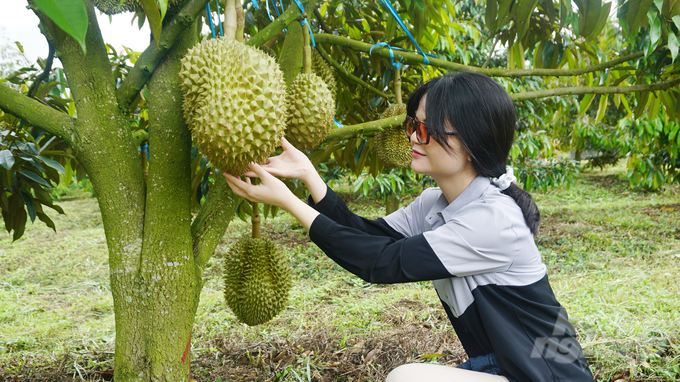
The main durian harvest season in Dak Lak is from August - September. October - November is the main harvest season in Bao Loc, and the Western provinces have their off-season durian season from November to March of the following year. Photo: Nguyen Thuy.
On August 19, the Ministry of Agriculture and Rural Development (MARD) and the General Administration of Customs of China (GACC) signed three protocols, opening the door for official exports of fresh coconuts, frozen durians and crocodiles to China, under the witness of General Secretary and President To Lam and General Secretary and President of China Xi Jinping. This is an important step forward, creating more opportunities for Vietnamese agro-products to get closer to the 1.4 billion people market.
Among the three items, durian - the "king of fruits" has the largest export value. In 2024 it is expected to continue contributing a large part to the export turnover of Vietnam’s vegetables and fruits in particular and agro-products in general.
As one of the enterprises with large durian acreage in Dak Lak and Laos, Chairman of the Board of Directors of Hoang Anh Gia Lai Group Doan Nguyen Duc is confident in exporting durian all over the world, not just the Chinese market after ample investment in product quality.
In particular, the durian orchard in Laos is 1,200 ha wide and yields 200 - 300 ha of Monthong durian. "Since May, many Chinese businesses have been ready to pay high deposits, but the company is not in a hurry to sell. We are waiting for the right harvest season," said Duc, adding that with 300 ha of durian upon harvest, the enterprise would have an estimated 2,000 tons of durian ready for distribution.
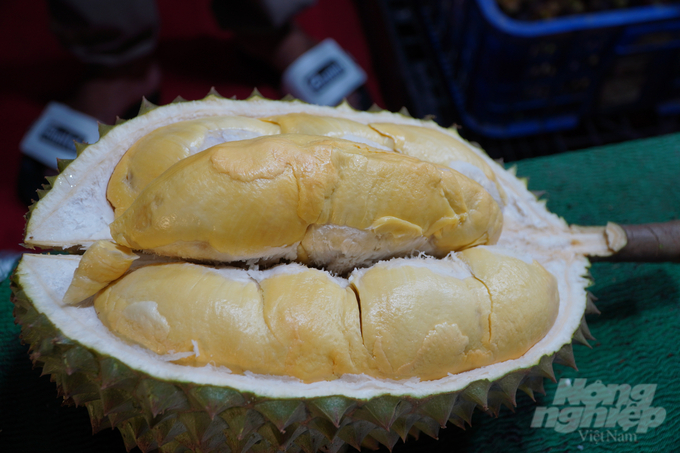
In 2023, Vietnam exported 500,000 tons of fresh durian, earning USD 2.3 billion. Of which, 90% of output was exported to China. Photo: Nguyen Thuy.
According to Dang Phuc Nguyen, General Secretary of the Vietnam Fruit and Vegetables Association (Vinafruit), the Chinese market has a high demand for fruits and vegetables, and Chinese people have the money for consumption. Vietnam has geographical advantages as it is close to China's wholesale markets, convenient for transporting goods, cheaper logistics, and shorter transportation times than other countries, hence a very competitive price.
"The current problem is how to improve the product quality and better control food safety and hygiene. From there, Chinese consumers can confidently consume Vietnamese fruits and vegetables," Nguyen said.
In 2023, China spent nearly USD 6.7 billion importing fresh durian and specifically more than 1 billion USD importing frozen durian. In the future, the trend of using frozen durian, separated into segments, packed in convenient-to-use boxes in China and other countries around the world may be on the rise.
Now is the time for businesses and cooperatives to invest in facilities. Freezing technology and processing technology must be quickly updated. Packaging must have a convenient design and easy to distribute. On the other hand, the durian variety needs to be delicious and supported by methodical cultivation processes.
"Frozen durian can help limit the backlog of goods during the main season. If fresh products cannot be sold in time, they can still be processed. This is a channel that will help regulate output to stabilize prices, increasing income for farmers and businesses. But this is a technology game, logistics is out of the question. Whoever has good technology will take a large market share," said the Vinafruit General Secretary.
The signing of the protocols creates momentum for Vietnamese agro-products to penetrate a market with a massive consumer base. This is also an opportunity for Vietnamese agro-products to assert themselves and compete in the international market. It is expected that durian will help Vietnam earn USD 3 billion in 2024 with these advantages, bringing the total turnover of the fruit and vegetable industry to USD 7 billion.
The Vietnam Fruit and Vegetables Association cites data from the General Department of Customs: In August 2024, fruit and vegetable exports were estimated at over USD 700 million, up 26.8% over the previous month and up 50.8% over the same period last year. In the first 8 months, Vietnam's fruit and vegetable exports were over USD 4.58 billion, up 29.1% over the same period last year.
Translated by Samuel Pham

(VAN) Reciprocal tariffs are exerting pressure on U.S. exports, prompting Vietnamese firms to shift their focus to Muslim markets, Thailand, and Brazil.
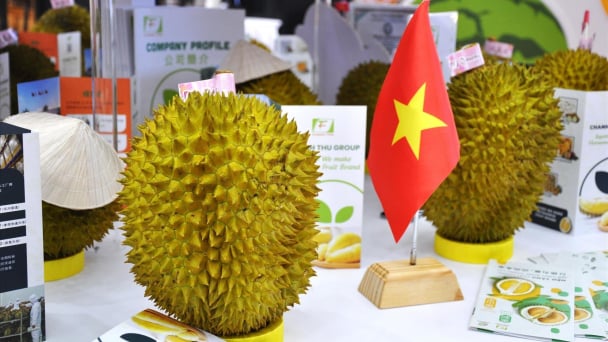
(VAN) A free booth for two years at Xinfadi, Beijing's largest wholesale market, will be allocated to Vietnam's agricultural products.
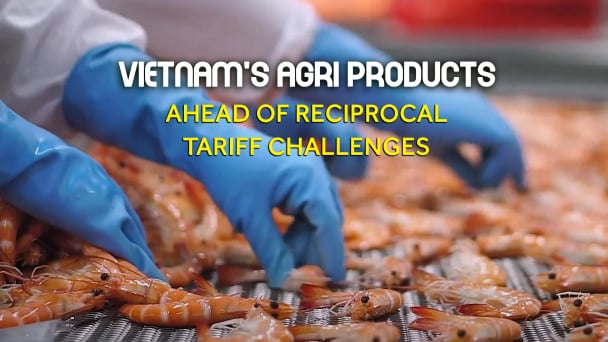
(VAN) Vietnamese shrimp exporters are actively looking for alternative markets and accelerating shipments to the United States in response to the pressure of impending reciprocal tariffs. This is occurring during a temporary tariff suspension.
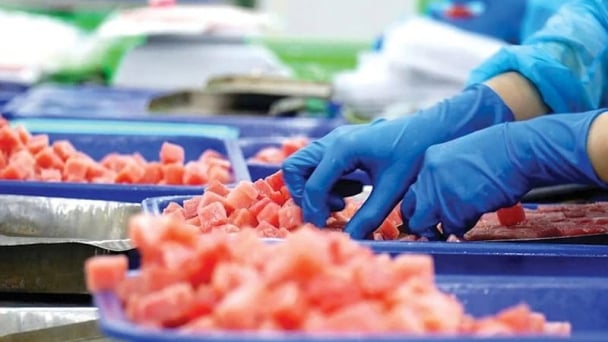
(VAN) The import-export turnover between Vietnam and Singapore rose amid a trade rebound, with machinery, electrical equipment, and fuels making up the majority of the transaction value.

(VAN) Director General of the General Administration of Customs of China, Ms. Sun Mai Jun, has pledged to implement measures that will ease the import process for Vietnamese agricultural products.
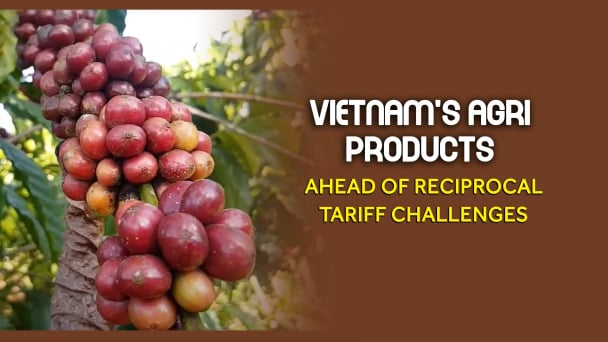
(VAN) Although Vietnam is still increasing its coffee exports, the industry is currently in the process of determining market strategies in response to the U.S. imposition of reciprocal tariffs.

(VAN) With rising demand in Muslim-majority countries, Halal certification is becoming a critical passport for Vietnamese agricultural products seeking sustainable market access and consumer trust in the Middle East and Africa.